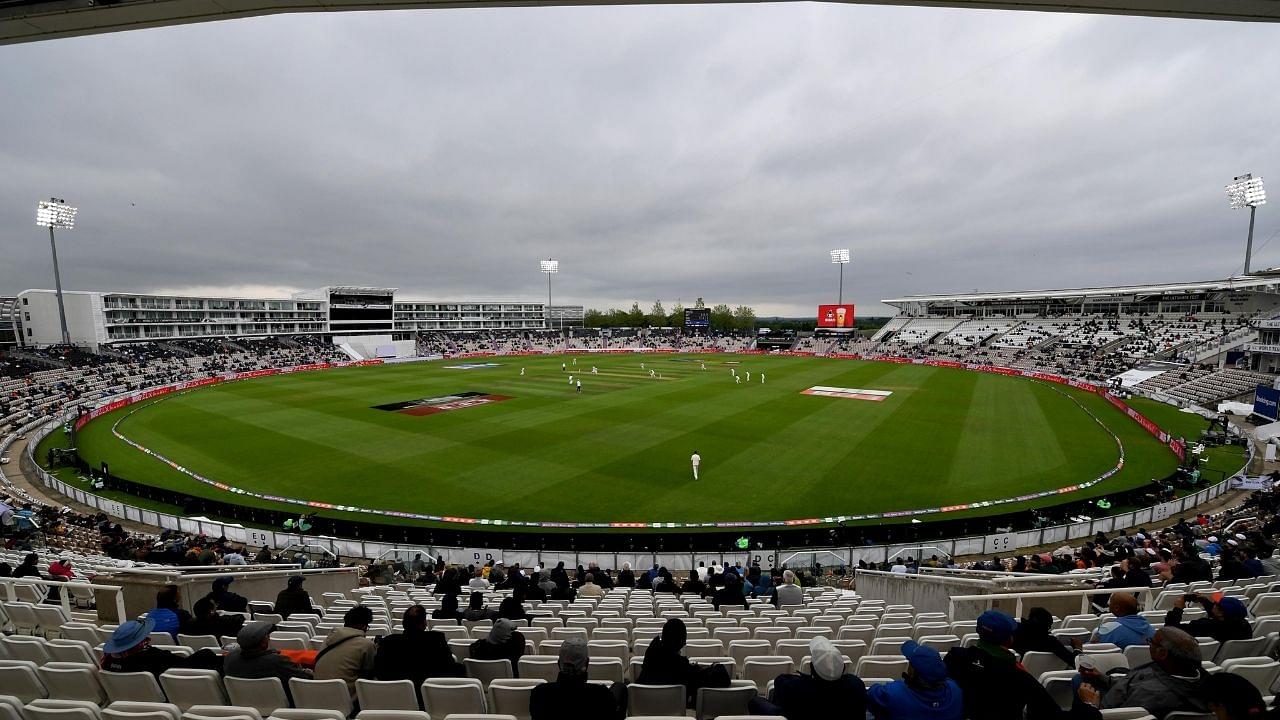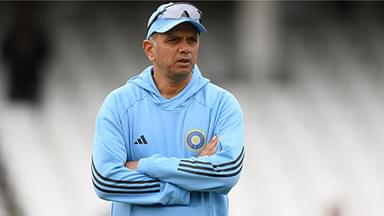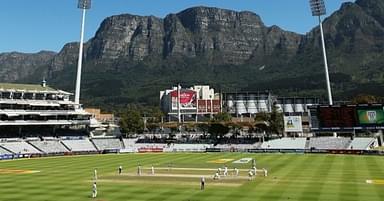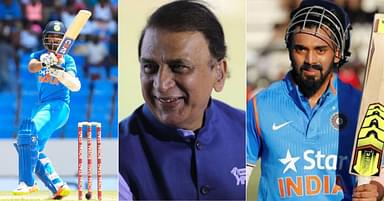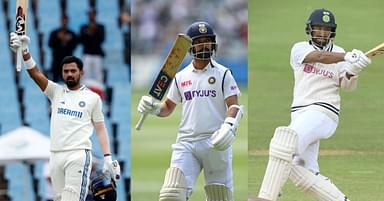Bad Light in cricket: The term ‘Bad Light’ is an age-old reason due to which play is brought to a halt especially in Test cricket.
Advertisement
During the second day of the ongoing ICC World Test Championship between India and New Zealand in Southampton, play was stopped for the second time in the match which prompted the officials to call for an early tea session.
After the first day of the match was washed out due to rain yesterday, it was bad light which played spoilsport at the Ageas Bowl today. In what came as a favourable development, light improved right after the tea break as the players returned to the ground in the third session.
rain delays and bad light are central to the test cricket experience…only right that they appear at its marquee event #WTCFinals #IndiaVsNewZealand
— Gaurav Kalra (@gauravkalra75) June 19, 2021
At this point in time, India captain Virat Kohli and vice-captain Ajinkya Rahane are battling it out in the middle in unfavourable conditions after opposition captain Kane Williamson had invited them in to bat in the morning.
Why play stops due to Bad Light in cricket?
Bad light, which is a common reason behind delays in Test cricket majorly in England, is decided by umpires in the contemporary era. The sight of an umpire checking for bad light on an electronic device is pretty normal among cricket fans.
As the meaning of the term suggests, bad light refers to a period in cricket when natural light isn’t enough for play to happen safely. Considering how Test cricket is majorly played with a red ball, it has it in it to make it difficult for players and umpires to spot the ball under gloomy and overcast conditions.
Batsmen, wicket-keepers and close-in fielders are most affected by bad light as the ball travels to them at a greater pace. With poor visibility, it becomes all the more difficult to play, collect or catch/field a red ball. Hence, increasing the chances of getting injured by multiple times.
ALSO READ: Will it rain in the third session of the second day of WTC Final 2021?
Therefore, it is considered best to stop the play and wait for light to improve before resuming play. If light doesn’t improve throughout the remaining part of the day, umpires don’t hesitate from suspending play on the given day. Due to regular overcast conditions in England, play is often stopped due to bad light.
Readers must note that umpires judge bad light by the first reading (in a match) which is considered unfit for play to continue. For example, if a reading has been taken on the first day of a Test match, it will continue to be a parameter for bad light for the remaining match as well.
